WCC photography student Stephanie Precther feels her portraits of U-M Comprehensive Cancer Center patients’ hands “reveal emotion and intention in a subtle, yet intimate, way.”
BY RICH REZLER
Communications Manager
A Washtenaw Community College photography student took an existing partnership between the college’s Digital Media Arts department and the University of Michigan Comprehensive Cancer Center and introduced several fascinating new layers.
Some of the results of Stephanie Prechter’s one-year Life Images internship are currently on display in the Voices Art Gallery on Level B1 of the cancer center. An artist reception is scheduled for 4:30 p.m. on Monday, May 8.
Other results of the internship can’t be displayed, of course. They are fleeting emotions.
Prechter visits the hospital two days each week with the intention of connecting with patients and their families during a trying time through photography.
For herself, the experience is “incredibly rich and fulfilling.” For patients, it transforms the hospital environment and switches the conversation from diagnosis-related talk to moments of recollection and creative expression.
“I simply want to provide them with a breath of fresh air, to allow them to relax and share something new,” Prechter says.
In her artist’s statement, she describes it this way: “Throughout the year, I developed a profound sense of respect for the cancer experience and all of those touched by it. Using photography as my vehicle, traveling from infusion rooms to inpatient floors to art therapy workshops reinforced my life’s work and deepened my compassion for the human spirit.”
The art exhibit is broken into three categories of images. Two of them – “Postcards” and “Hands” – highlight Prechter’s work while visiting patients alongside the cancer center’s music therapist, Peter Carpenter, and art therapist, Melinda Hallenbeck-Kostecky.
Prechter carries a stack of her own photographs on postcard-sized stock that she shares with patients, who might make a personal connection with a particular image. As an example, she shares the story of a patient who was flipping through her postcards and stopped at an image of waves on a Florida beach. The Vietnam veteran instantly started to share stories about surfing in Okinawa. That image is forever titled ‘Surfing in Okinawa.’

Prechter’s postcard image of a Florida beach reminded a Vietnam veteran of surfing in the Pacific Ocean off the shores of Okinawa.
Another category is a series of photographs Prechter took of patients’ hands, which she calls a “mindful approach to the traditional portrait.”
And the third section of the exhibit, portraiture, is what first connected WCC and the cancer center.
In 2013, the Life Images project was born as a way to provide cancer center patients with professional-quality portraits — some with their families, some with pets, others with cherished keepsakes.
Photography instructor Don Werthmann has a saying he likes to share with his students: “A portrait isn’t something you take. It’s something you give.” The truthfulness behind that saying is never more evident than when students work in the Life Images program.
CJ South was one of the original students in the program, back when the hospital staff and photography program transformed the corner of a small conference room into a photo studio.
“The shooting was always intense due to the fragile nature of the situation. I’ve never felt more nervous about performing well,” South says. “The gratitude of the families was contagious and I always left feeling 100-percent more grateful for my life experiences. It was the first time I realized how photography could be used to really help others.”
Today, patient portraits take place in the state-of-the-art studio space at WCC. The latest round took place on March 11, with six degree-seeking photography students – Rob Romig-Fox, Andrei Pop, Adam Saunders, Scott Melito, Carmen Cheng and Prechter – handling the portraiture duties.
Participants were asked to leave feedback: “These images will be a treasured memory for our family for many years,” one wrote. Another shared an appreciation for “having an event in a non-hospital environment,” adding “we will cherish these photos forever.”
When Prechter started taking photography classes at WCC and shared some of her past experiences with Werthmann, it seemed only natural for her to be involved with — and potentially expand upon — the Life Images program.
Prechter has a background in mental health advocacy and outreach, but is quick to point out that she did not fill any type of professional therapy role at the cancer center. That work was left to her colleagues, Carpenter and Hallenback-Kostecky, at the cancer center.
Still, the innovative approach to learning that Prechter experienced has Werthmann and fellow photography instructor Jennifer Baker contemplating ways to engage future students in the world of complementary therapies through creative expression.
While that plan takes shape, another student has been selected to step into Prechter’s internship when it ends in June, and other students will continue providing portraits for the cancer center.
Along with being a satisfying experience for the patients, the portrait sessions are a valuable learning tool for students, Werthmann says. It’s a high-pressure task to meet, photograph, process and share images with patients over a 20- to 30-minute session. Patients leave with prints and a drive full of digital images.
“It’s an incredibly meaningful project,” Werthmann says. “Not only for the patients, but for us.”
